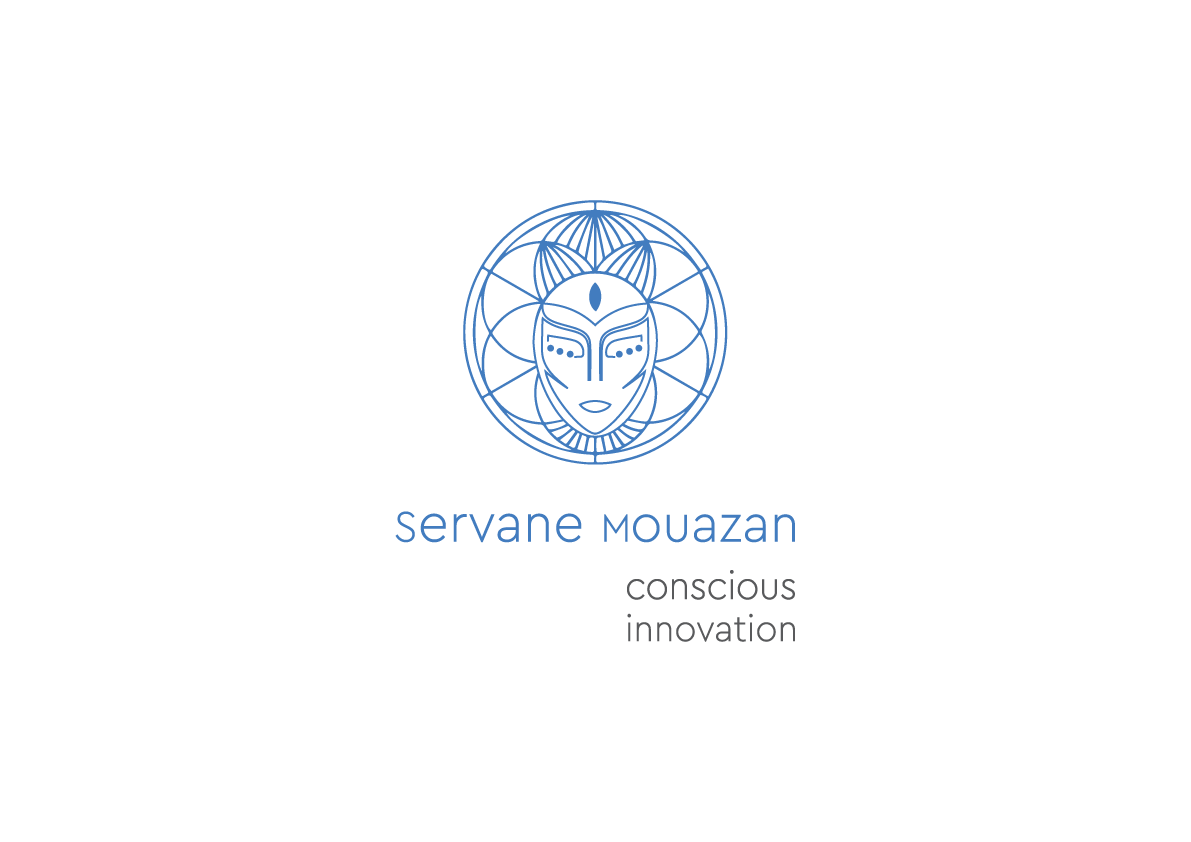Strategic thinking is multiple and complex…
And fortunately so!
It involves various activities such as projecting, planning, anticipating, envisaging, simulating, – and stimulating, imagining, improvising, (that one feels a bit odd, yet it has its place!), fantasizing, supposing, hypothesizing, futures-thinking…
Each of these activities, approaches, and mindsets requires different levels of attention and contemplation.
They all have a role to play.
You also come into strategic thinking with a sense of optimism or pessimism,
You may even come to it with a feeling of agency or disempowerment.
Additionally, these 4 states of mind can be combined: you may feel pessimistic but with the power to move things forward. Or you feel optimistic yet disempowered…
So it’s important to remember that people will and could come to strategic thinking with various “preferences” and “dispositions”, and these are not cast in stone.
For your practice, you try out tools, methods, and games that flex your mind, and with encouragement, you get more and more comfortable playing with ideas and scenarios.
But the ability to think flexibly is not applied equally among all the self-professed “strategic thinkers” (or even those who think they aren’t strategic thinkers!)
Can everybody engage in Strategic Thinking?
Strategic thinking is a big bucket, that involves some foundation steps that lead you to “scan”, “make sense”, “connect the dots”, and design a structure that will produce a blueprint. And in these foundation steps, you will find the activities I mentioned earlier.
There is a role for everyone.

Some obstacles to strategic thinking
On occasion, you will find that some individuals face cognitive, psychological, or emotional difficulties in engaging in some of these steps, for various reasons, eg They live with neurodiverse conditions, or some haven’t explored their ability, or there is professional and social pressure to engage in strategic thinking in a certain way, or one might live with psychological trauma, or just experience stress, a lack of interest, which will impact the ability to think strategically.
Suppose a part of your approach to building a strategy is to use imagination.
Some individuals feel unable to “imagine” due to a condition called aphantasia -a rare but not uncommon condition in the general population. And they experience the inability to voluntarily create a mental image in one’s mind.
Some individuals with autism spectrum disorder (ASD) experience specific planning difficulties and this could have some degree of impact on so-called “strategic” thinking.
However, they can bring a lot of imagining, visualizing, supposing, and hypothesizing….
Don’t isolate your thoughts, don’t isolate yourself
Your ability to think strategically can be enhanced or hindered depending on how you think 1) on your own and 2) with others.
“The quality of decisions and actions groups take depends on the quality of the thinking they do first. And the quality of our thinking depends on how we are being treated by the people who are with us.”
~Nancy Kline
Ways forward
Arrange the following activities on a spectrum or map:
“futures-thinking, projecting, planning, anticipating, envisaging, simulating, imagining, improvising, scenario building, trend watching, signals harvesting, fantasizing, supposing, hypothesizing”
When you think of these activities, where is your energy going?
Understand strategy building as a rich succession of various activities, and look at where you have brought the most impact, drive, and skills to date.
Tap into your past experiences to validate your thoughts.
Have a conversation with a friend or a peer: ask them where they saw you on that spectrum and what example has them say this.
Experience some dedicated time to think to let your mind wander and not interrupt your waves of thinking.
Having more quality time to think enables you to uncover blind spots, suppressed feelings or intuitions, and enriches your strategy.
Experience more time to think with others, equally, with no interruption, peeling limiting beliefs or assumptions.
Let your individual strengths nourish and enhance your collective strategy-making.
What are your thoughts?
If you want to enhance your collective wisdom and strategic thinking among your team members, check what I can offer you at the moment, or leave me a note here. We will explore how this might look like for you, or for the individuals in your group.
I help Impact Leaders navigate transitions & adapt to changing times, by turning insights into impactful action. I am a Board Adviser, a Time To Think coach and facilitator, ICF PCC, Ex CEO, and the very happy “Coachalist” on the “Be & Think in the House of Trust” Podcast.





You must be logged in to post a comment.